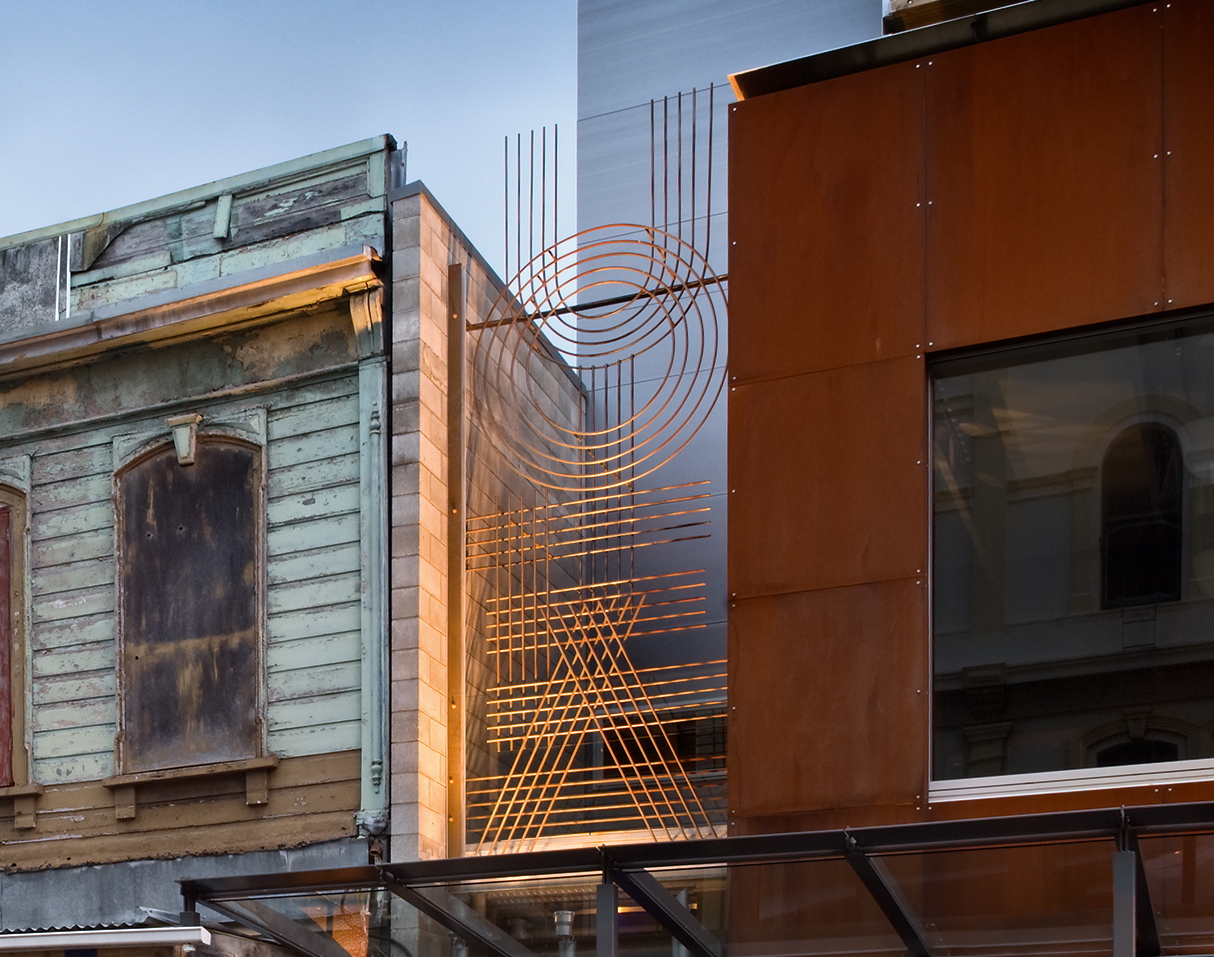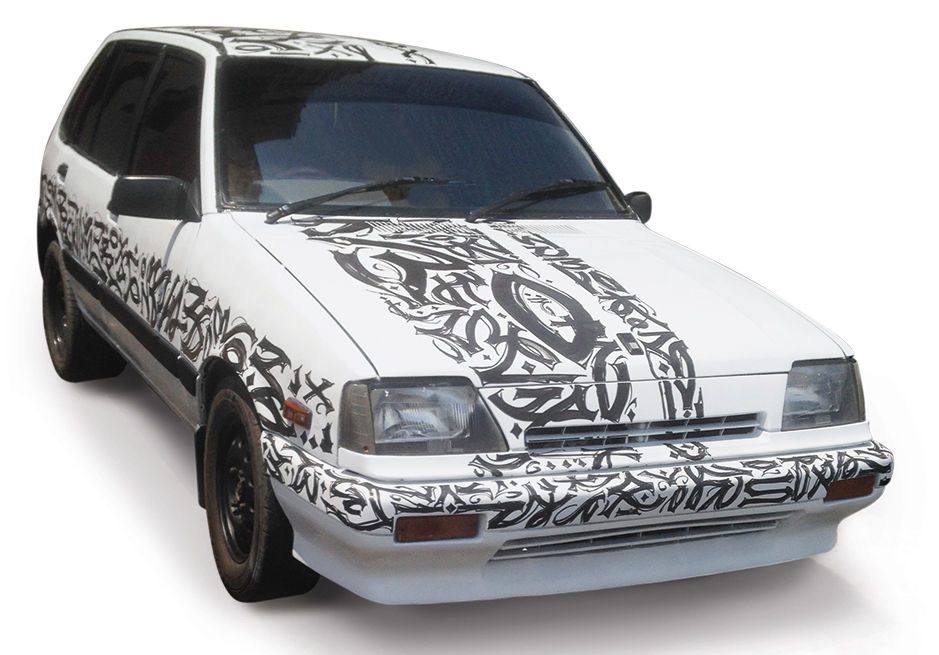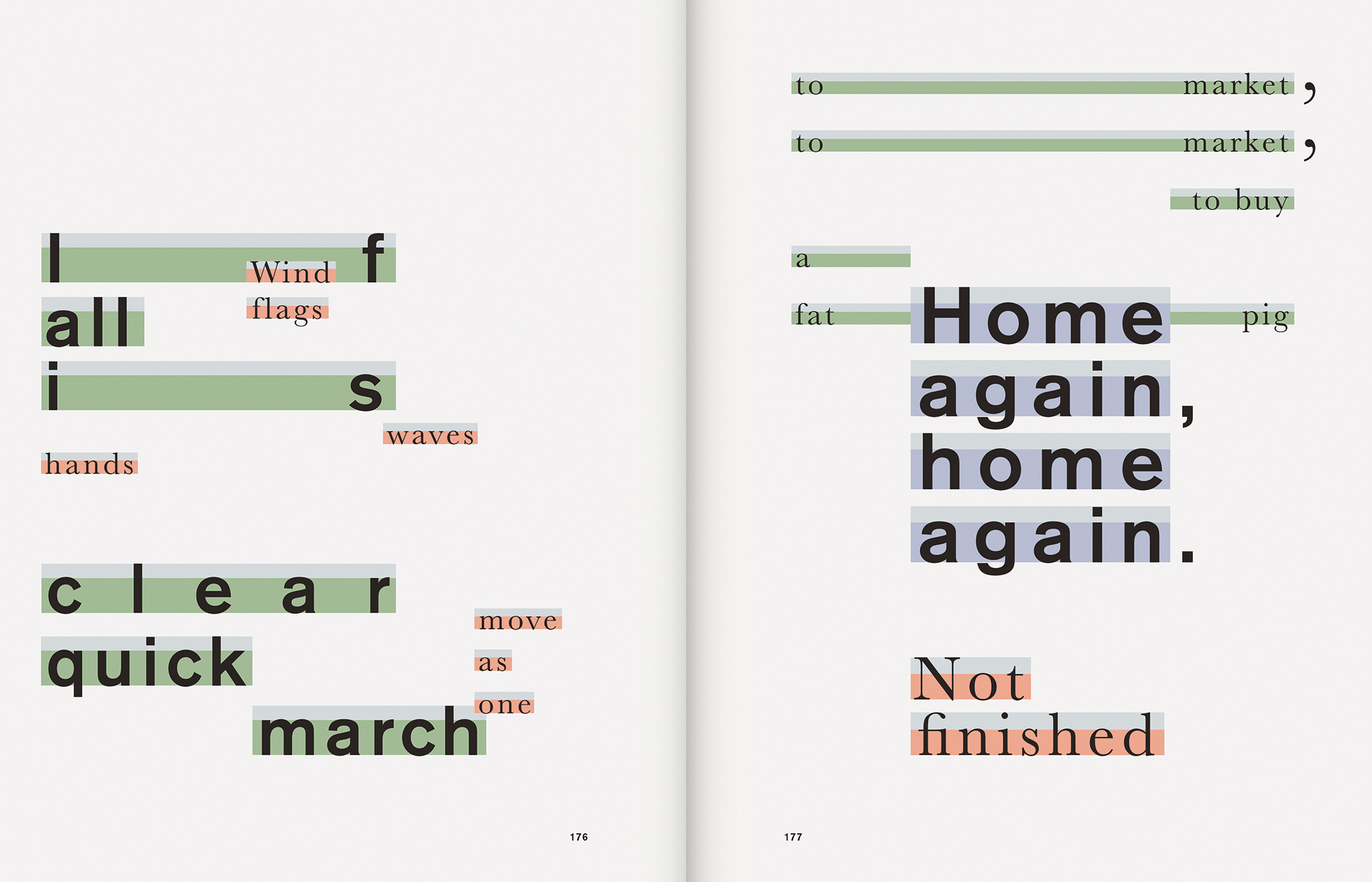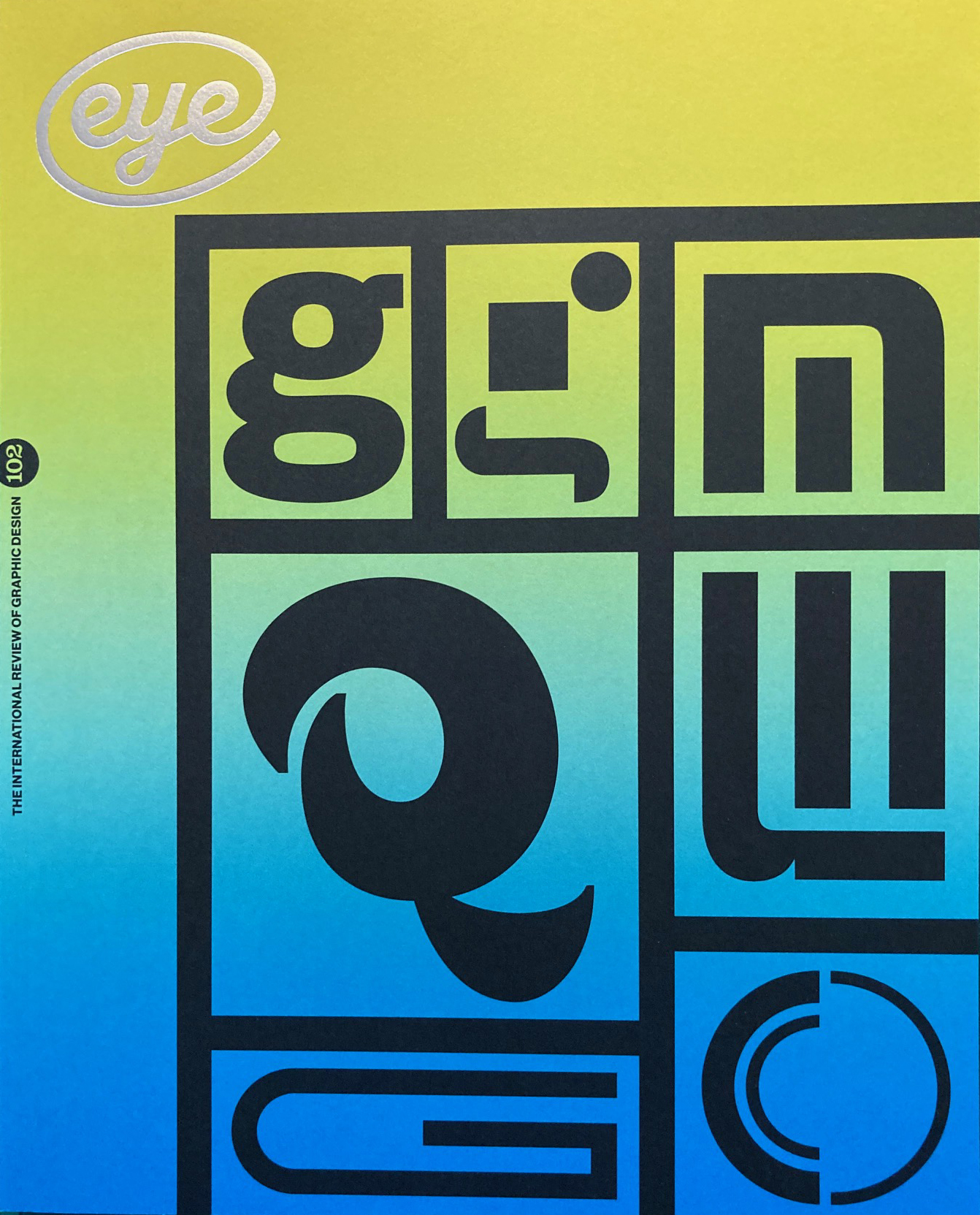Autumn 2021
Typographics 21: Session 4
11 June 2021. Troy Leinster, host.
Ferry Fatoni
‘Deconstruction of Javanese Script’Catherine Griffiths, Studio Catherine Griffiths
‘Variation on a Theme’Sean Hogan, Trampoline
‘The Poetics of Typography’
Under the curation of New York-based Australian type designer Troy Leinster, this session centred on the ‘Pacific’ region, and thoughtfully expanded the choice of speakers beyond the more ‘Western’ cultural centres of Australia and New Zealand.
The session began with the Indonesian calligrapher Ferry Fatoni, whose presentation managed to rise above the online complexities of translation (from Indonesian) to display a range of dense, beautiful, and primarily radial, compositions using Javanese Script. The most memorable of these was Fatoni’s application of painted script across a less traditional context – namely the panels of his own car, which he named Helena.
Painted Javanese script by Ferry Fatoni (Indonesia) on Helena, his car. Top. AEIOU by Catherine Griffiths, a typographic installation made from steel vowels on a building in Cuba Street, Wellington, Aotearoa New Zealand, 2009.

The Aotearoa New-Zealand designer / artist / activist Catherine Griffiths then took the viewer on a journey across a rich and sustained career of ‘making language physical’, expressed through a range of built-form projects, many playfully exploring collections, improvisation and re-contextualisation. Her investigations into spoken forms, most notably the vowel sounds fabricated from steel rods in Wellington’s Cuba Street, were of particular interest.
Within the context of an online conference session, the Melbourne-based graphic designer Sean Hogan came across as the most comfortable presenter. Hogan took the time to unpack the various ingredients of his design work, specifically his recent book project Signature, a collaboration with the poet / academic Paul Carter. His presentation referenced an eclectic range of influences including illuminated manuscripts, concrete poetry, musical notation and indigenous culture. What this erudite work may have lacked in direct clarity, it compensated for in intellectual complexity and striking design composition.
Spread from the award-winning book Signature (Lyon Housemuseum, 2020) a collaboration between Sean Hogan (Australia) and poet Paul Carter.

What linked all three presenters throughout this session was not only a shared ‘Pacific’ geography but also a strong sense of bringing form to language. Ranging from the efforts by Fatoni to culturally revive the Javanese Script, through Griffiths’ solidly physical environmental interpretations, to Hogan’s well considered expressions of poetic forms, these all expressed / reflected the sheer beauty of language.
Within the wider context of the ‘Typographics’ conference this session showed the extraordinary capacity of typography to act as a powerful medium through which to explore language. And while the works presented showed richly beautiful design potentials, it also highlighted the underlying perils of a heavily designer-focused methodology in ‘public works’ – that releasing oneself from the confines of conventional graphic design need not always lead designers to surrender the beauty of clarity for an internalised opacity. What a designer may describe as an ‘ambiguity’ can often be perceived as being completely impenetrable within the public realm.
Stephen Banham, designer, Letterbox, Melbourne
First published in Eye no. 102 vol. 26, 2021
Eye is the world’s most beautiful and collectable graphic design journal, published for professional designers, students and anyone interested in critical, informed writing about graphic design and visual culture. It is available from all good design bookshops and online at the Eye shop, where you can buy subscriptions and single issues.

